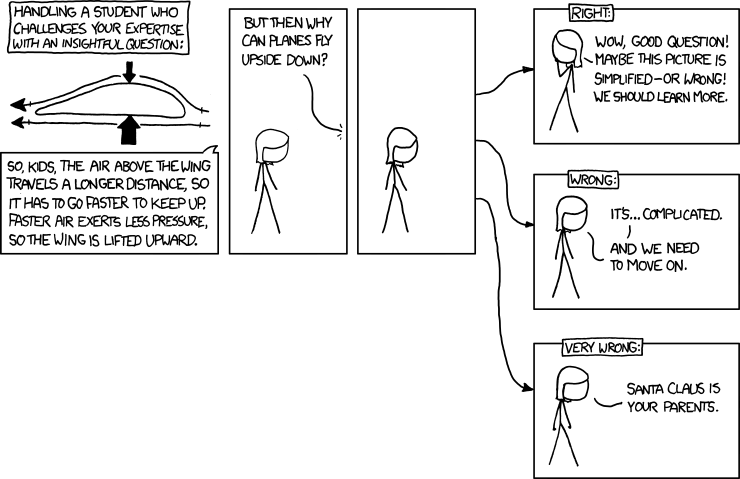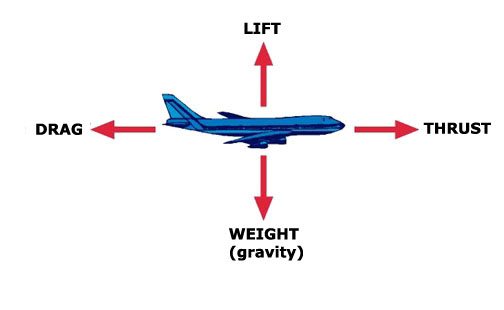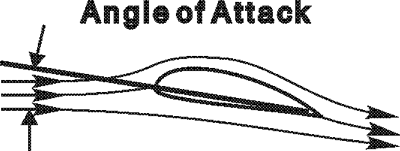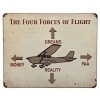SixPapaCharlie
May the force be with you
- Joined
- Aug 8, 2013
- Messages
- 16,062
- Display Name
Display name:
Sixer
Okay, someone explain to me how this works.
I am fortunate that I like and work a handful of miles from DFW.
I am driving home tonight and notice something I have seen many times but sort of realized the physics is not quite making sense.
Airliner is seemingly pitched a few degrees up yet descending.
How does this work?
Obviously, it is not doing a falling leaf down to the numbers. Is it just my perspective and I am not seeing it as I think I am or is there some other piece to the puzzle?
on our checkrides, the DPE makes us do the slow flight thing with the stall horn going off and we can't lose alt...
These big jets "appear" to be in a flare attitude several hundered feet up and miles out.
How does that work?
Thanks,
I am fortunate that I like and work a handful of miles from DFW.
I am driving home tonight and notice something I have seen many times but sort of realized the physics is not quite making sense.
Airliner is seemingly pitched a few degrees up yet descending.
How does this work?
Obviously, it is not doing a falling leaf down to the numbers. Is it just my perspective and I am not seeing it as I think I am or is there some other piece to the puzzle?
on our checkrides, the DPE makes us do the slow flight thing with the stall horn going off and we can't lose alt...
These big jets "appear" to be in a flare attitude several hundered feet up and miles out.
How does that work?
Thanks,






